NEW YORK—New York City streets will continue to change with expansion of bike lanes. It’s the only way, says Department of Transportation (DOT) Commissioner Janette Sadik-Khan.
“Only a few people are willing to ride a bike up a major city avenue in mixed vehicle traffic,” said the commissioner, noting that bike lanes provide riders with a greater sense of safety.
The City Council held a hearing with Sadik-Khan on Thursday, discussing the advantages and drawbacks to the expansion of bicycle lanes across the city.
A joint 2006 study by DOT, the Department of Health, and NYPD found that of the 225 cyclist fatalities occurring between 1996 and 2005, only one took place within a designated bicycle lane.
The idea of the bike lane network took off when the Department of City Planning published “A Greenway Plan for NYC” in 1993, calling for a 700-mile-long bike network installation. The concept was further bolstered with the announcement of Mayor Michael Bloomberg’s PlaNYC in 2007, which called for completion of an 1,800-mile bicycle network by 2030. Two hundred miles have been completed so far, and DOT is expected to install 50 additional miles each year until the goal is reached.
According to Sadik-Khan, the number of bicycle commuters in the city has increased by 109 percent since 2006. Since implementation of various bike lanes across New York City, cycling volumes have significantly increased, she said. The Ninth Avenue has had a 69 percent increase in cycling volume from 2007 to the present, while Kent Avenue in Brooklyn has seen their numbers double.
The incidence of collisions has also dropped in several places where bike lanes have been installed, said the commissioner. She highlighted Vanderbilt Avenue in Brooklyn, where speeding has decreased from 76 to 27 percent upon the establishment of the lanes.
Two types of bike lanes can be installed by DOT. Class one bicycle lanes separate cyclists from the rest of the motorized traffic with a physical barrier or a median. Although this type of lane offers the cyclists most protection, approximately five parking spaces are lost for every two city blocks as a result. Class two lanes, on the other hand, simply mark the pavement of the allotted area, leaving parking spaces largely unaffected.
According to Sadik-Khan, all bike lanes put in place have been supported or requested by local community boards.
Eighty percent of the funding for the bike lanes are paid for with federal funding, with the remainder coming from local funds, said the commissioner.
The DOT is also working to address concerns that cyclists do not obey traffic rules at all times. The department plans to run its first media campaign to counter this culture in the spring. The promotion, designed to remind cyclists to obey the laws, will feature numerous celebrities. The NYPD also plans to increase enforcement of cycling traffic rules as a part of a recently secured safety grant from the New York State Department of Motor Vehicles.
In November, the DOT announced plans to bring in a private company to run a bike-sharing initiative, which will be modeled after cities like London and Paris. The program is expected to go into effect in the spring of 2012.
“Only a few people are willing to ride a bike up a major city avenue in mixed vehicle traffic,” said the commissioner, noting that bike lanes provide riders with a greater sense of safety.
The City Council held a hearing with Sadik-Khan on Thursday, discussing the advantages and drawbacks to the expansion of bicycle lanes across the city.
A joint 2006 study by DOT, the Department of Health, and NYPD found that of the 225 cyclist fatalities occurring between 1996 and 2005, only one took place within a designated bicycle lane.
The idea of the bike lane network took off when the Department of City Planning published “A Greenway Plan for NYC” in 1993, calling for a 700-mile-long bike network installation. The concept was further bolstered with the announcement of Mayor Michael Bloomberg’s PlaNYC in 2007, which called for completion of an 1,800-mile bicycle network by 2030. Two hundred miles have been completed so far, and DOT is expected to install 50 additional miles each year until the goal is reached.
According to Sadik-Khan, the number of bicycle commuters in the city has increased by 109 percent since 2006. Since implementation of various bike lanes across New York City, cycling volumes have significantly increased, she said. The Ninth Avenue has had a 69 percent increase in cycling volume from 2007 to the present, while Kent Avenue in Brooklyn has seen their numbers double.
The incidence of collisions has also dropped in several places where bike lanes have been installed, said the commissioner. She highlighted Vanderbilt Avenue in Brooklyn, where speeding has decreased from 76 to 27 percent upon the establishment of the lanes.
Two types of bike lanes can be installed by DOT. Class one bicycle lanes separate cyclists from the rest of the motorized traffic with a physical barrier or a median. Although this type of lane offers the cyclists most protection, approximately five parking spaces are lost for every two city blocks as a result. Class two lanes, on the other hand, simply mark the pavement of the allotted area, leaving parking spaces largely unaffected.
According to Sadik-Khan, all bike lanes put in place have been supported or requested by local community boards.
Eighty percent of the funding for the bike lanes are paid for with federal funding, with the remainder coming from local funds, said the commissioner.
The DOT is also working to address concerns that cyclists do not obey traffic rules at all times. The department plans to run its first media campaign to counter this culture in the spring. The promotion, designed to remind cyclists to obey the laws, will feature numerous celebrities. The NYPD also plans to increase enforcement of cycling traffic rules as a part of a recently secured safety grant from the New York State Department of Motor Vehicles.
In November, the DOT announced plans to bring in a private company to run a bike-sharing initiative, which will be modeled after cities like London and Paris. The program is expected to go into effect in the spring of 2012.
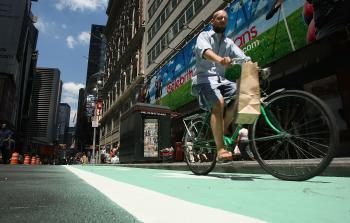
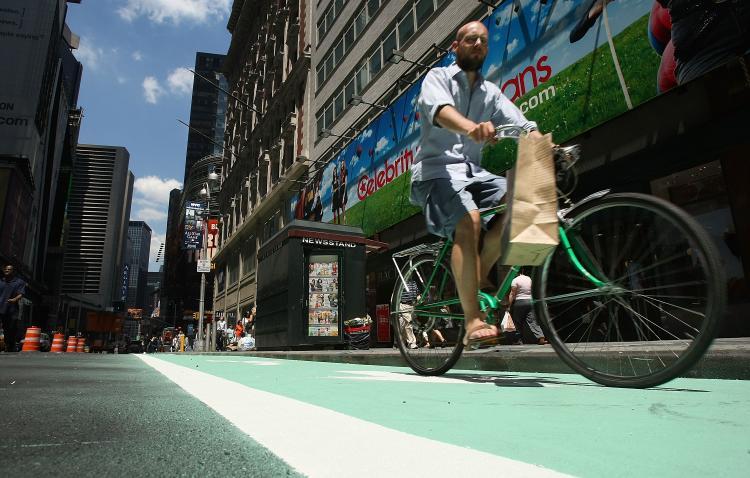
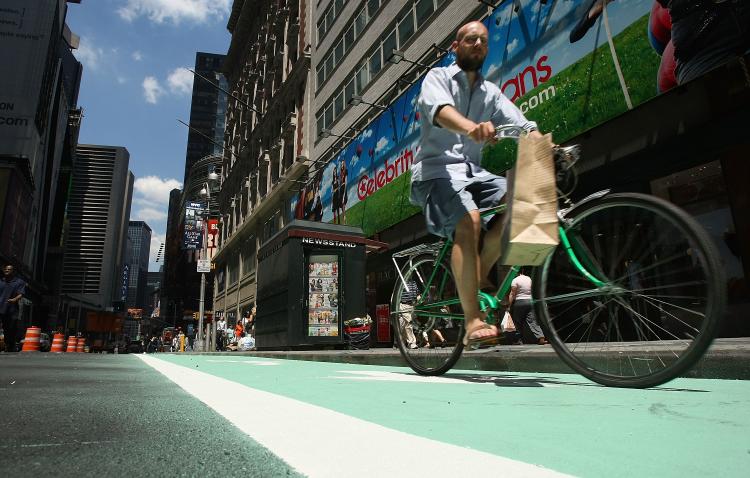


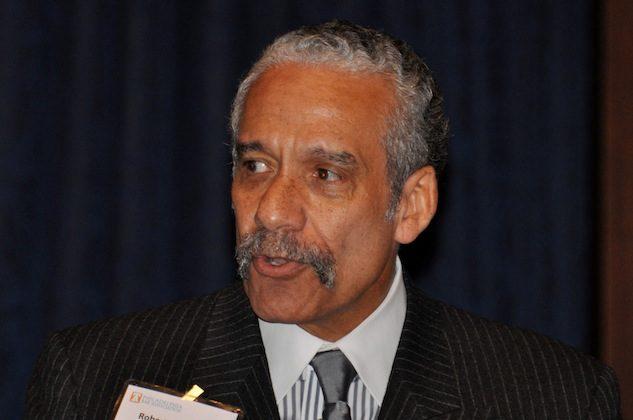
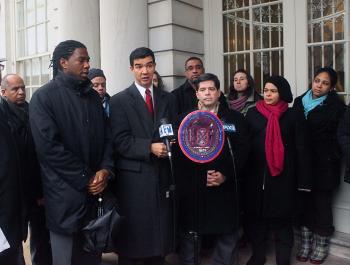
Friends Read Free